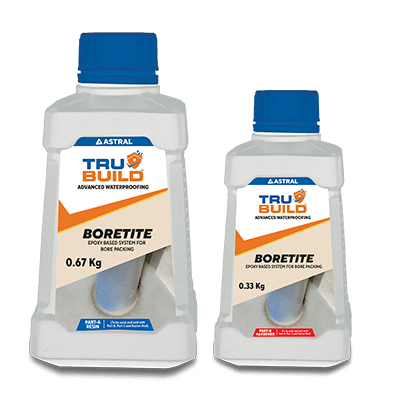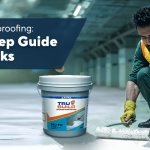Essential Tips for Preventing Damp Walls in Your Home
Oct 30, 2024

You are not alone if you have noticed dark, mysterious patches creeping up your walls. High-humidity areas and rainy seasons often lead to a common issue of dampness in walls. Dampness in walls can further lead to bigger problems like peeling paint, mould growth, or a musty odour, which compromise the health and safety of your living environment.
Wall waterproofing is the most effective solution to help you combat dampness. Interior and exterior wall waterproofing creates an ‘umbrella’ for your home, shielding the walls from environmental moisture. However, you may find a few other essential tips, which are practical and proven, helpful in ensuring that the walls of your home remain free from the risks of dampness. Think of these tips as routine tasks that maintain the hygiene of walls and keep your home healthy.
- Ensure Proper Ventilation
It is essential to ensure that moisture-prone areas like kitchens and bathrooms have adequate airflow to reduce indoor humidity levels effectively. Make it a habit to open windows regularly to allow moist air to escape. Install exhaust fans in bathrooms and kitchens to expel humid air directly outside, preventing it from settling on your walls. Avoid blocking air vents or placing furniture directly against walls, as this can trap moisture and promote the growth of mould.
- Fix Leaks and Plumbing Issues Promptly
Start by checking leak-prone zones of your home for drips and leakages or any signs of them. Dripping pipes, faulty faucets, or roof leaks should be addressed without delay. Regularly inspect areas around sinks, toilets, and showers, as these are common spots for hidden leaks. Repairing leaks promptly helps address these issues at the onset. It protects your home’s walls from moisture infiltration.
- Install a Damp-Proof Course
A damp-proof course (DPC) is a preventive measure that stops groundwater from rising through the walls. Installing a DPC ensures your home remains dry and protected from rising dampness. Ensure your home has a DPC installed approximately 150 mm above ground level. This strategic placement prevents moisture from being drawn up by capillary action, which can lead to damp patches near the base of your walls.
- Maintain the Drainage System
Proper drainage systems are essential in diverting water away from your home’s foundation and reducing the risk of dampness. Regularly clean gutters and downspouts to ensure they direct water away from your home’s walls. Blocked gutters can cause water to overflow and pool around your foundation, leading to moisture infiltration. Additionally, make sure the ground level outside your home is lower than the internal floor level. This prevents water seepage and keeps your home dry and secure.
- Seal Cracks and Gaps
Cracks and gaps in your walls can provide easy entry points for moisture to penetrate, leading to damp patches. Inspect your home for any cracks around windows, doors, and external walls. Addressing these problems promptly can prevent further damage. Use our Astral Trubuild CFP 425 crack filler paste, made with weather-resistant acrylic emulsion polymer combined with carefully chosen graded fillers, fade-resistant pigments, and additives. This ready-to-use wall repair paste is best for filling cracks in plastered surfaces.
- Control Indoor Humidity
High indoor humidity levels can lead to condensation on cold surfaces like walls, exacerbating dampness issues. Install dehumidifiers for areas prone to dampness. These devices help extract excess moisture from the air, reducing humidity levels and creating a more comfortable living environment.
- Regularly Inspect for Signs of Damp
Early detection of dampness is key to preventing more serious issues later on. Regular inspections allow you to identify potential problems before they escalate into costly repairs. Check for signs of mould, peeling paint, or musty smells. These are clear indicators of dampness that should be addressed promptly.
The Lasting Benefits of Wall Waterproofing for Dampness and Damage Prevention
While wall waterproofing is an effective solution to prevent dampness, incorporate supportive measures to protect your home fully. Ensuring proper ventilation, fixing leaks promptly, installing a damp-proof course, maintaining drainage systems, sealing cracks, controlling indoor humidity, and regular inspections all work together to maintain dry, healthy walls. By combining these proactive steps with reliable waterproofing, you address the root causes and contributing factors of dampness.
Explore our exterior wall waterproofing solutions like wall repair paste, and waterproofing membranes—Trubuild Walltect Topcoat and Trubuild Walltect Basecoat. For interior wall waterproofing you can use the Trubuild Aqualock, a ready-to-mix kit with two parts. These coatings provide exceptional water resistance, effectively protecting concrete and masonry surfaces.
Remember, protecting your home from dampness today ensures its durability and comfort for years to come.



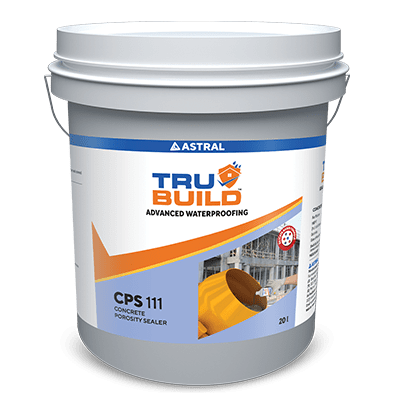


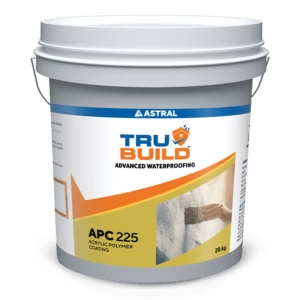

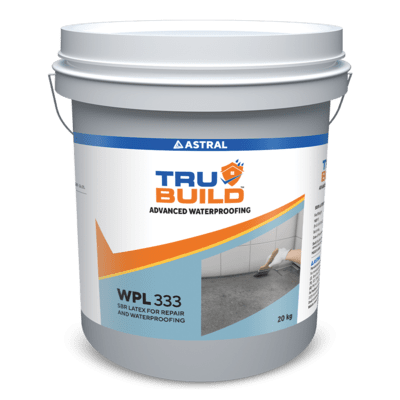
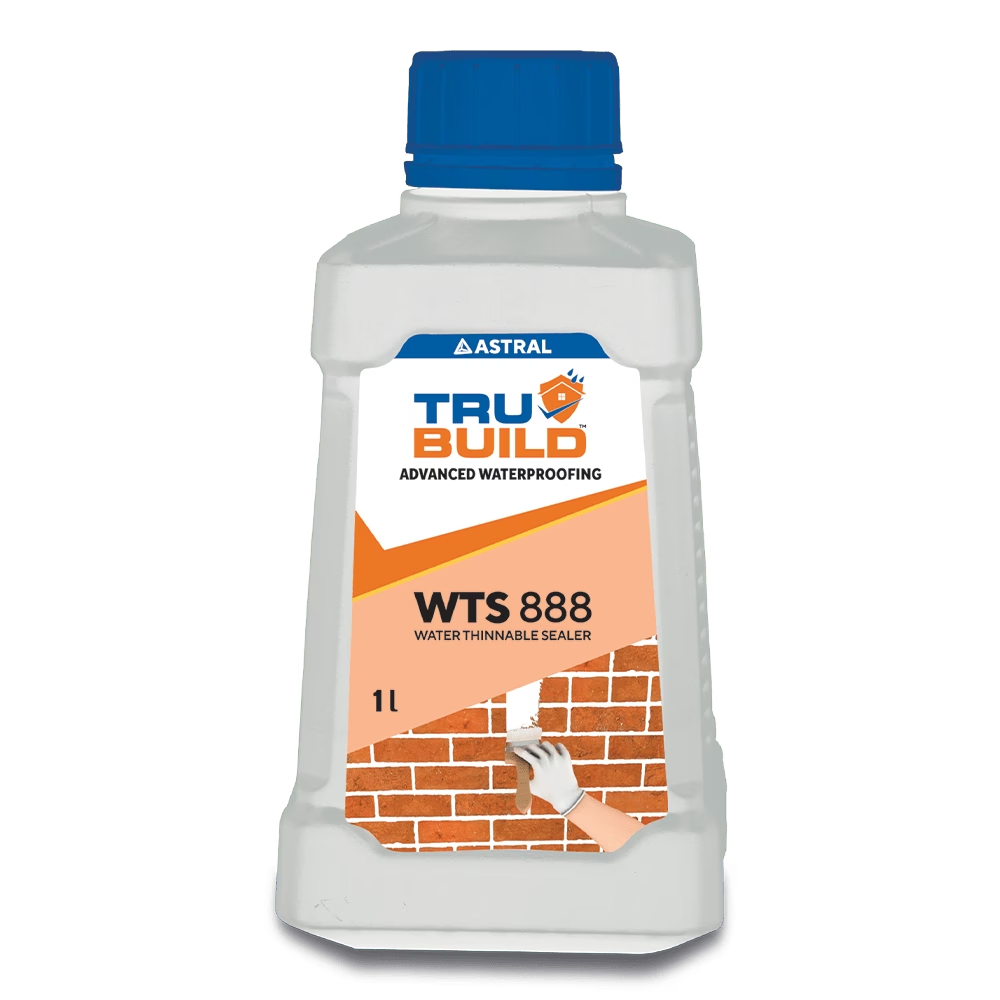



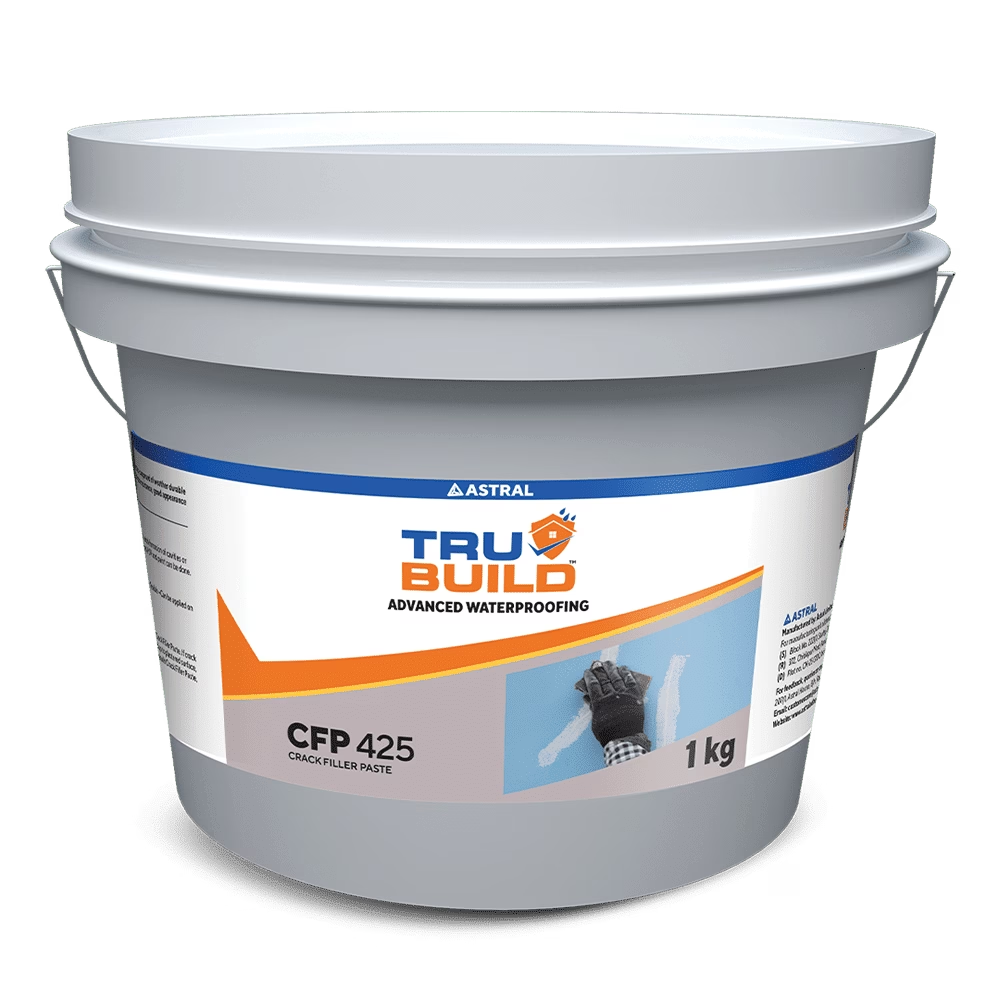



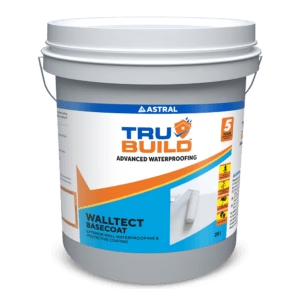
 Professional Sealants
Professional Sealants 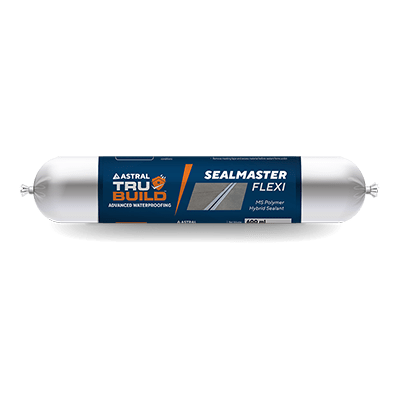
 Roof Waterproofing
Roof Waterproofing 

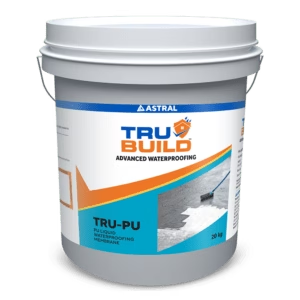


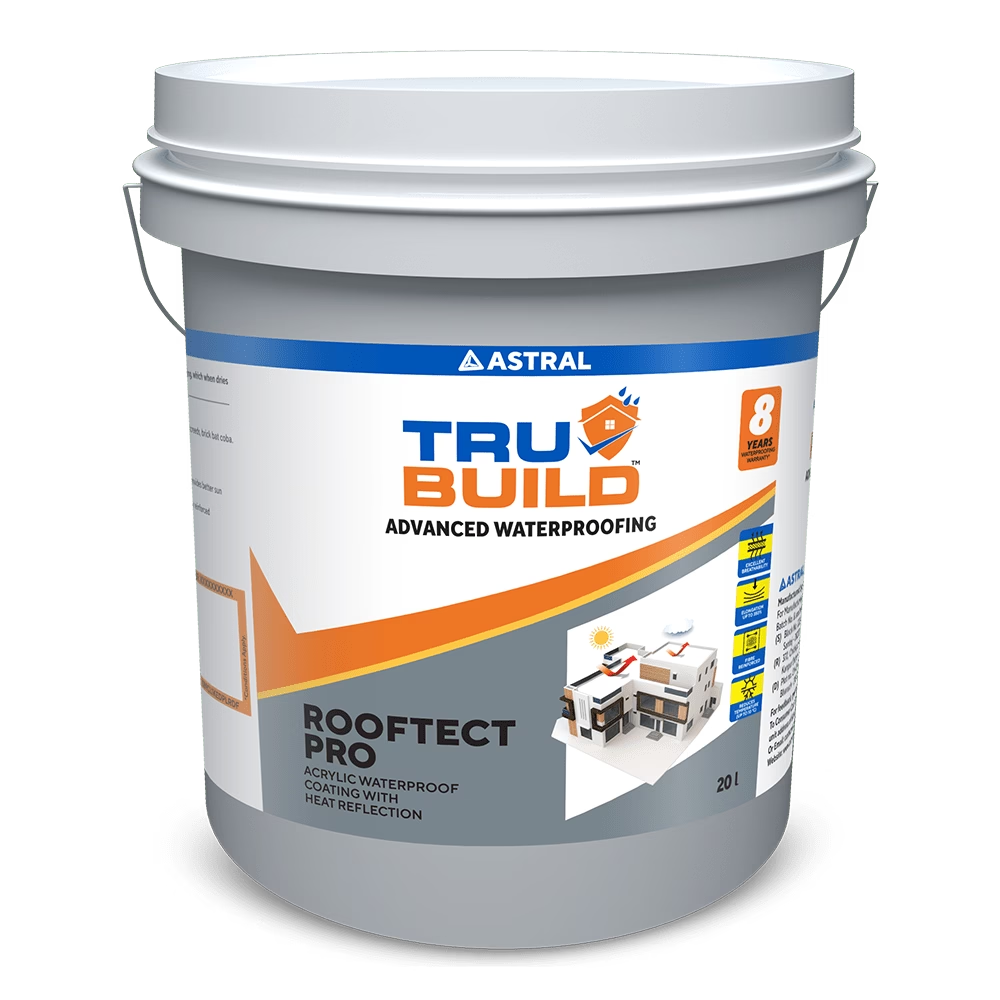

 Substructure Waterproofing
Substructure Waterproofing  Tiling and Grouting
Tiling and Grouting 
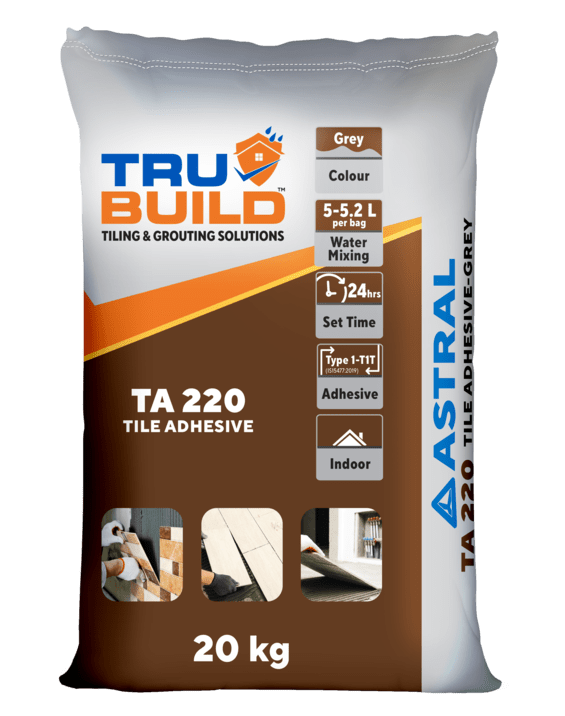

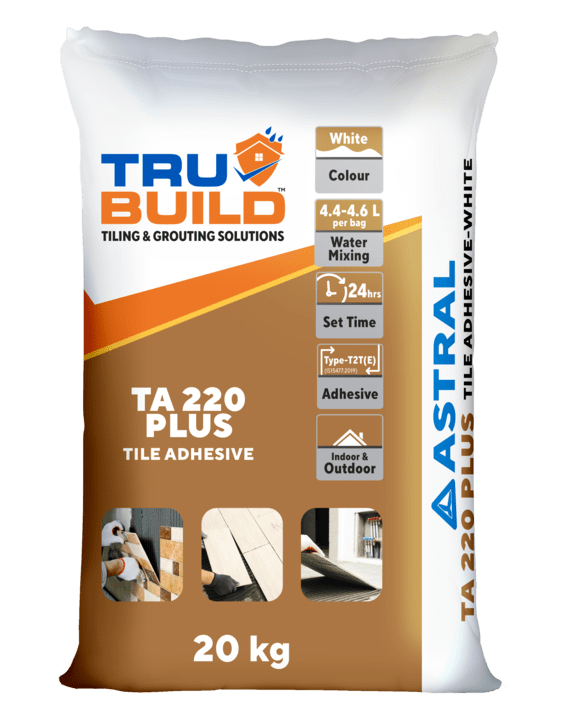


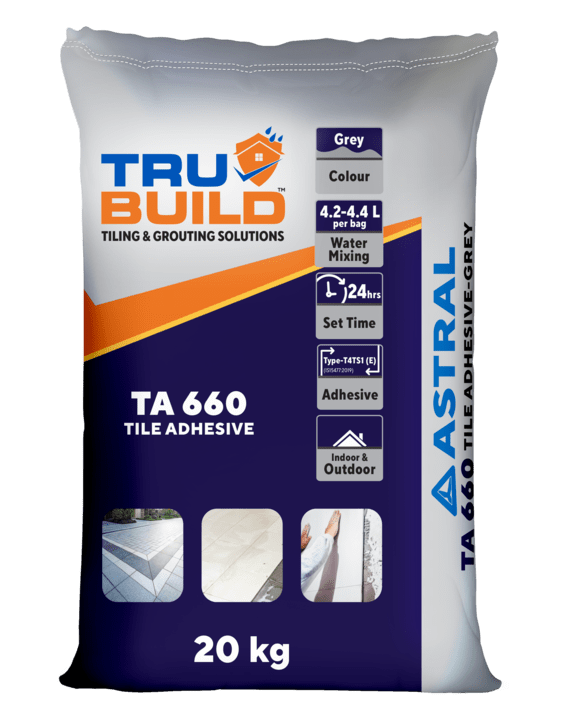
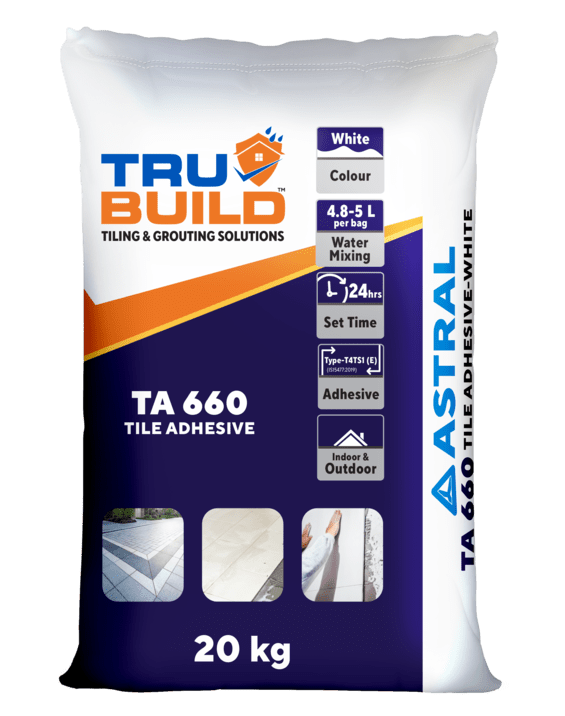

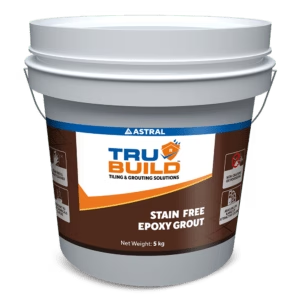

 Water Tanks and Other Areas
Water Tanks and Other Areas 